During Pitti Uomo in January 2024, I was invited by Pascal Zimmer to watch Vivian Saskia Wittmer try on his bespoke shoes.
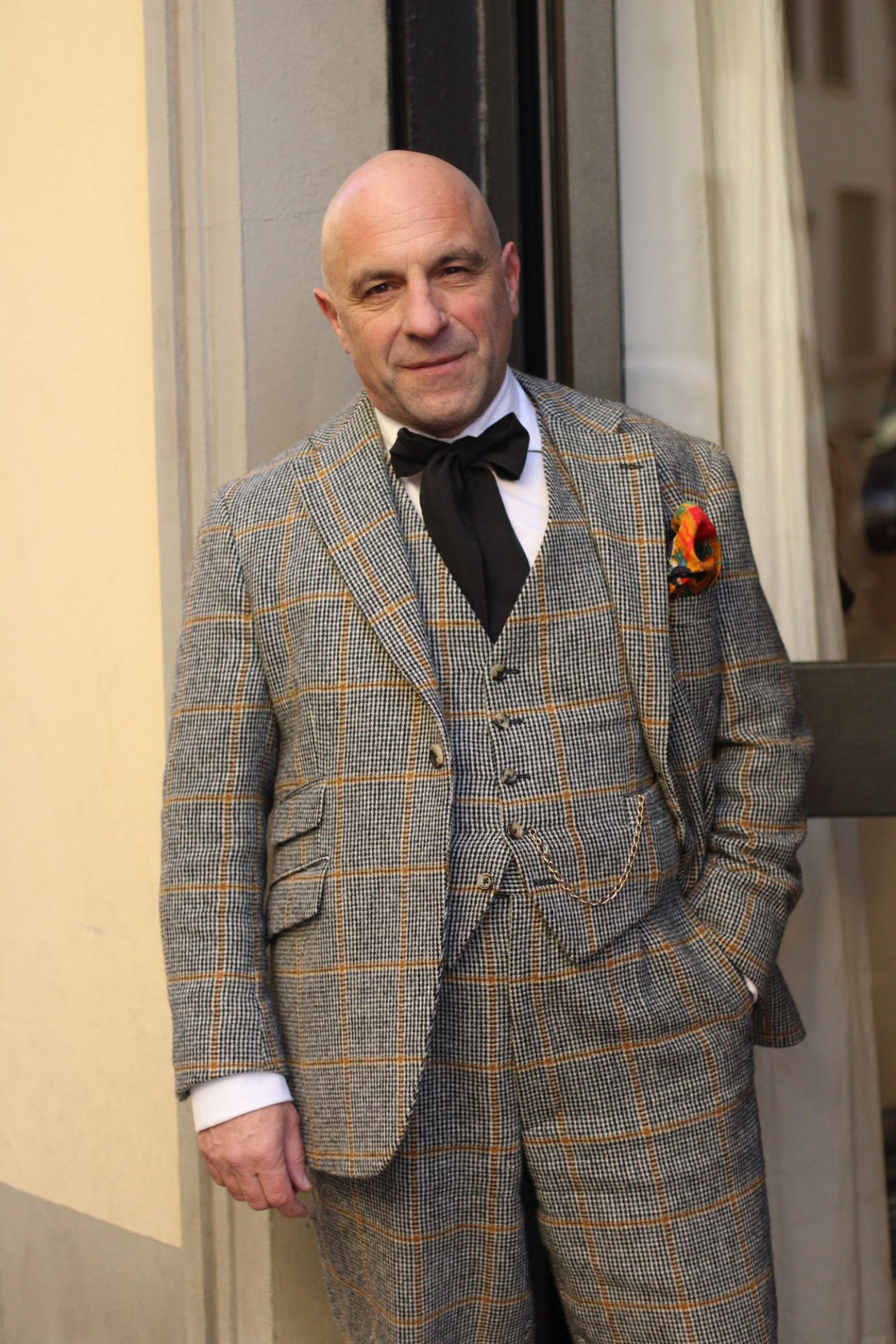
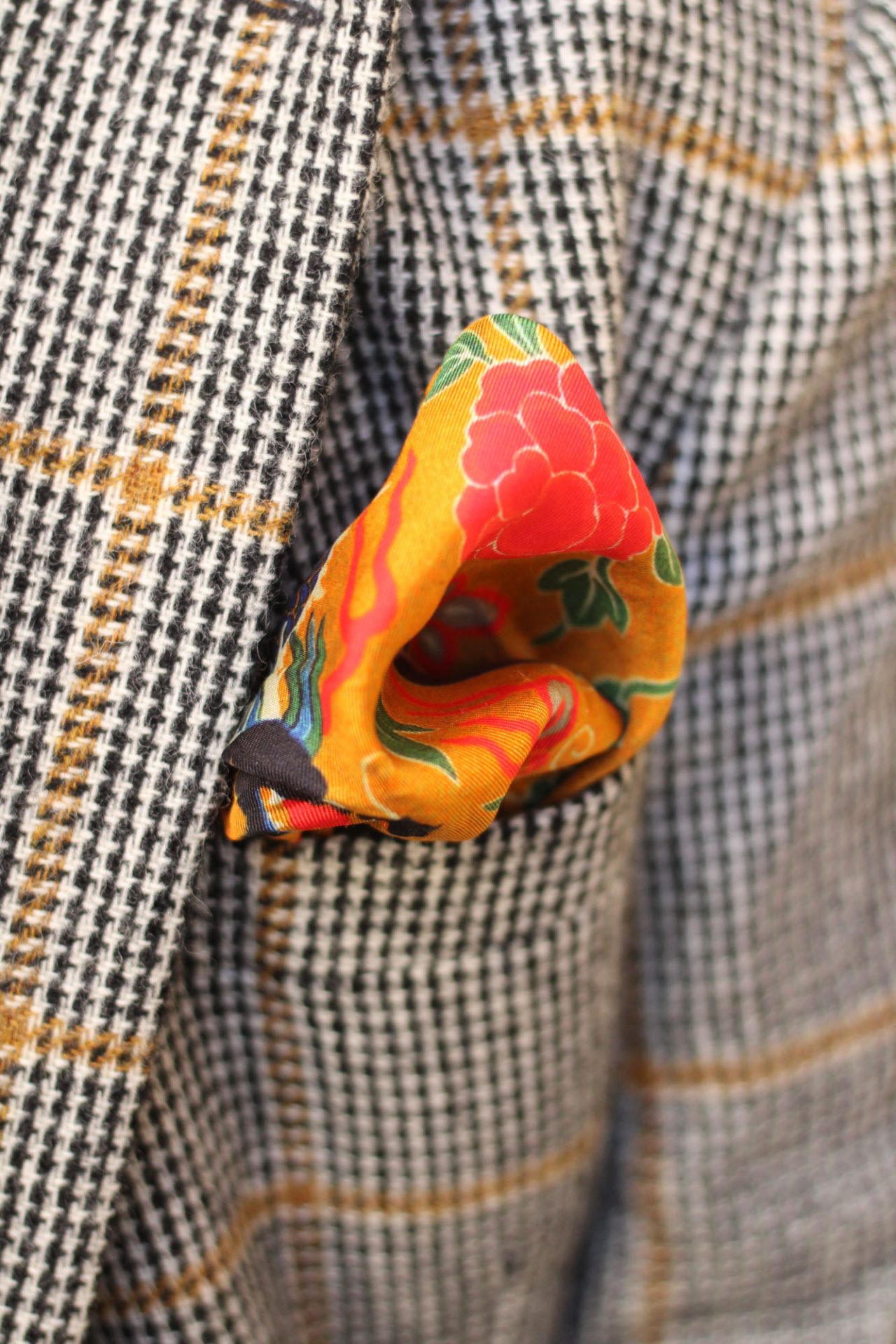
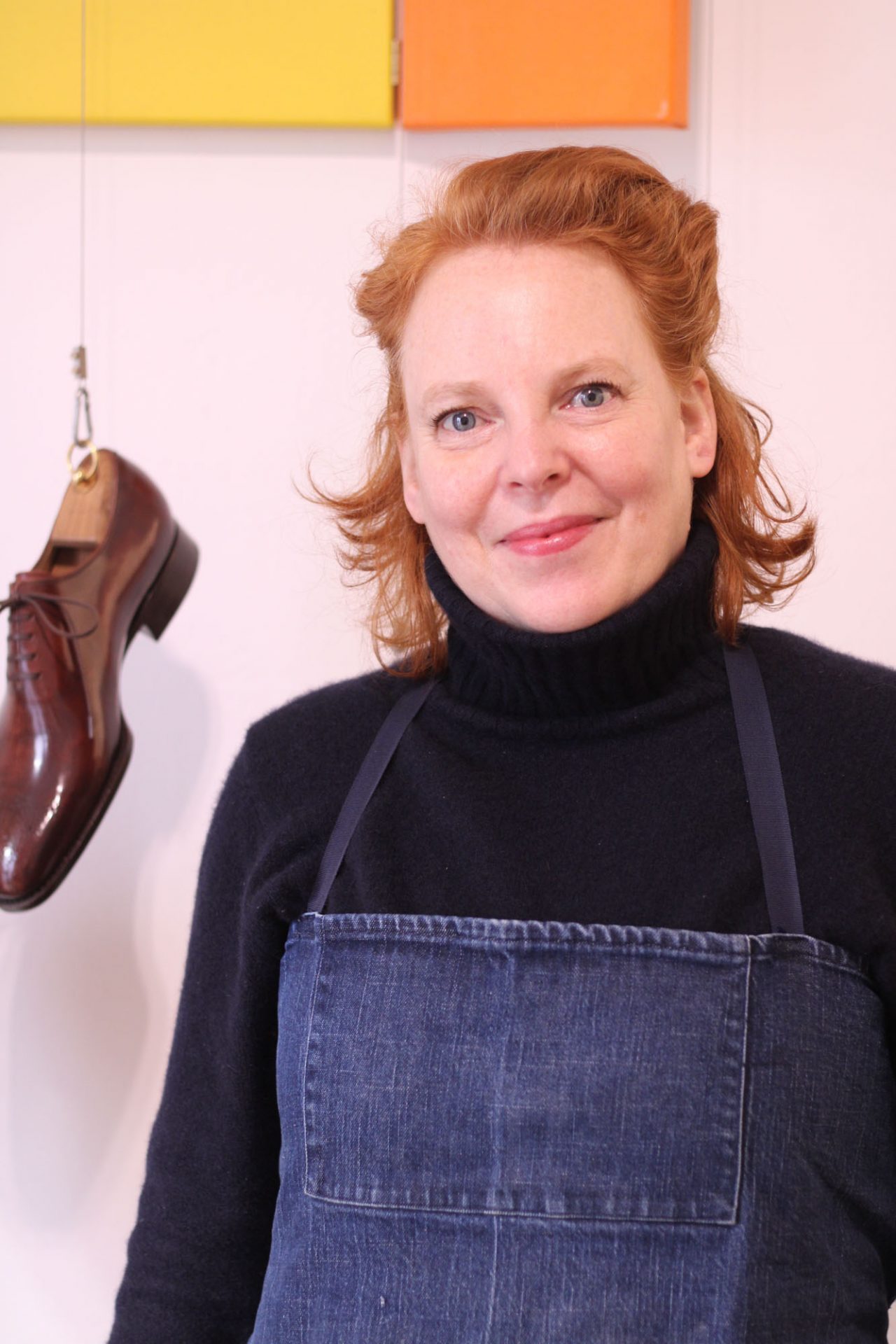
Pascal Zimmer is a multifaceted personality. In Luxembourg, he runs the ladies’ and men’s outfitter Basics and Bespoke. But this is just one of the many activities of the passionate traveler and bespoke enthusiast.
I was delighted to receive the invitation, as I introduced Pascal Zimmer 2023 to Vivian Saskia Wittmer during the summer edition of Pitti Uomo. I didn’t know that he visited her again after this visit and ordered a pair of shoes.
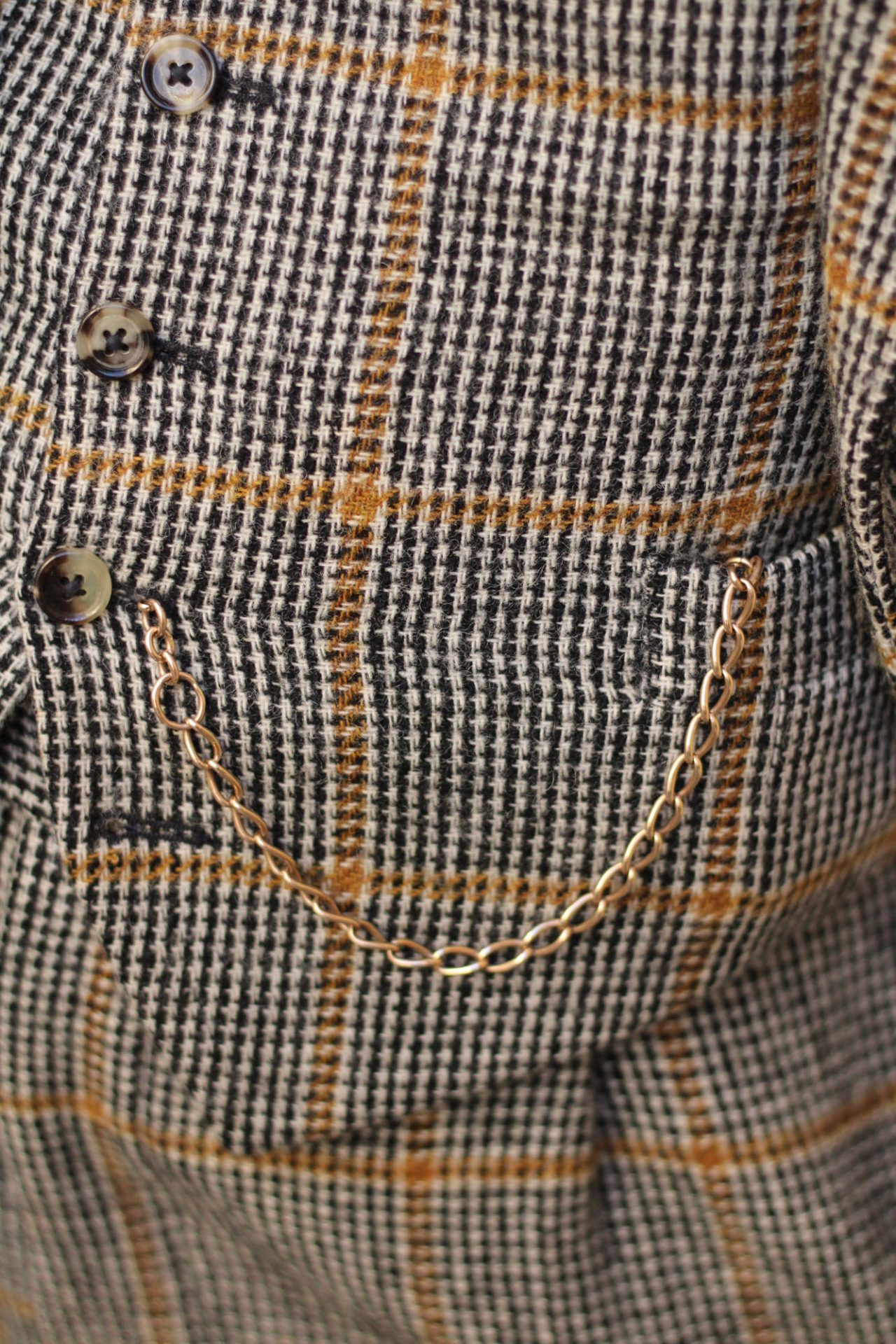
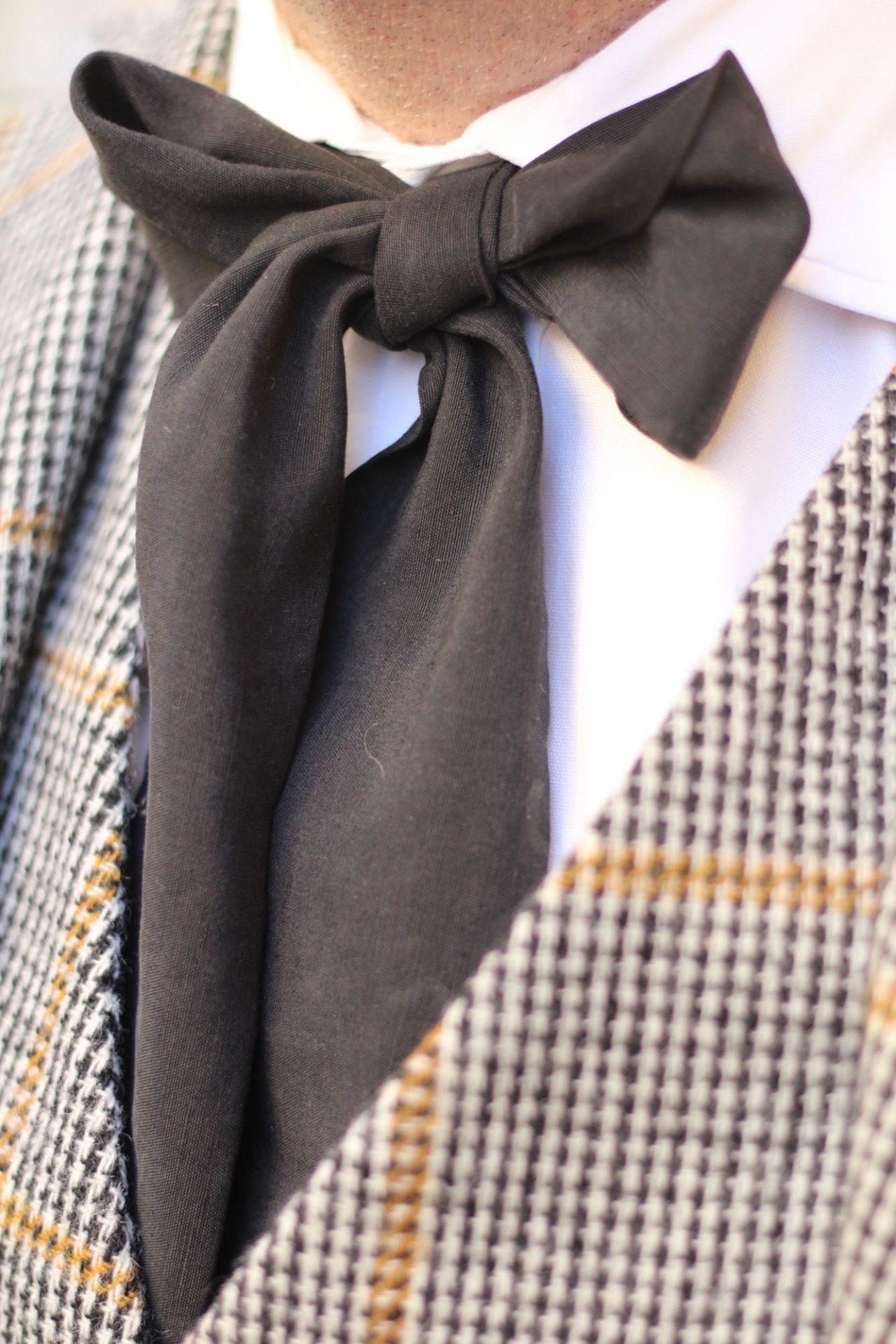
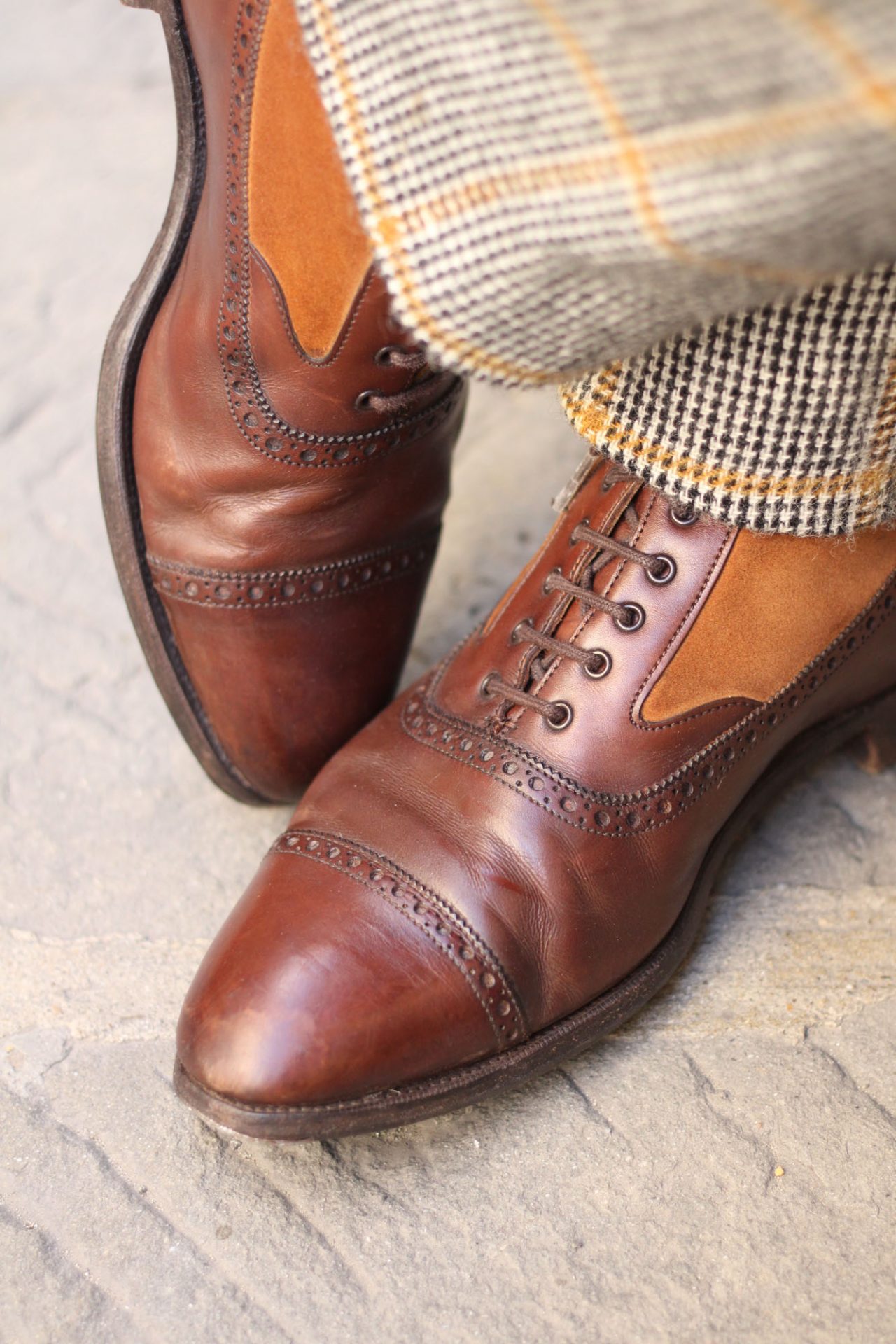
A fitting is always exciting. For the craftsman and the customer. We have already written about the topic of customized shoe fitting several times here. Most of the craftsmen we have presented here do a fitting. Exactly how it works varies greatly.

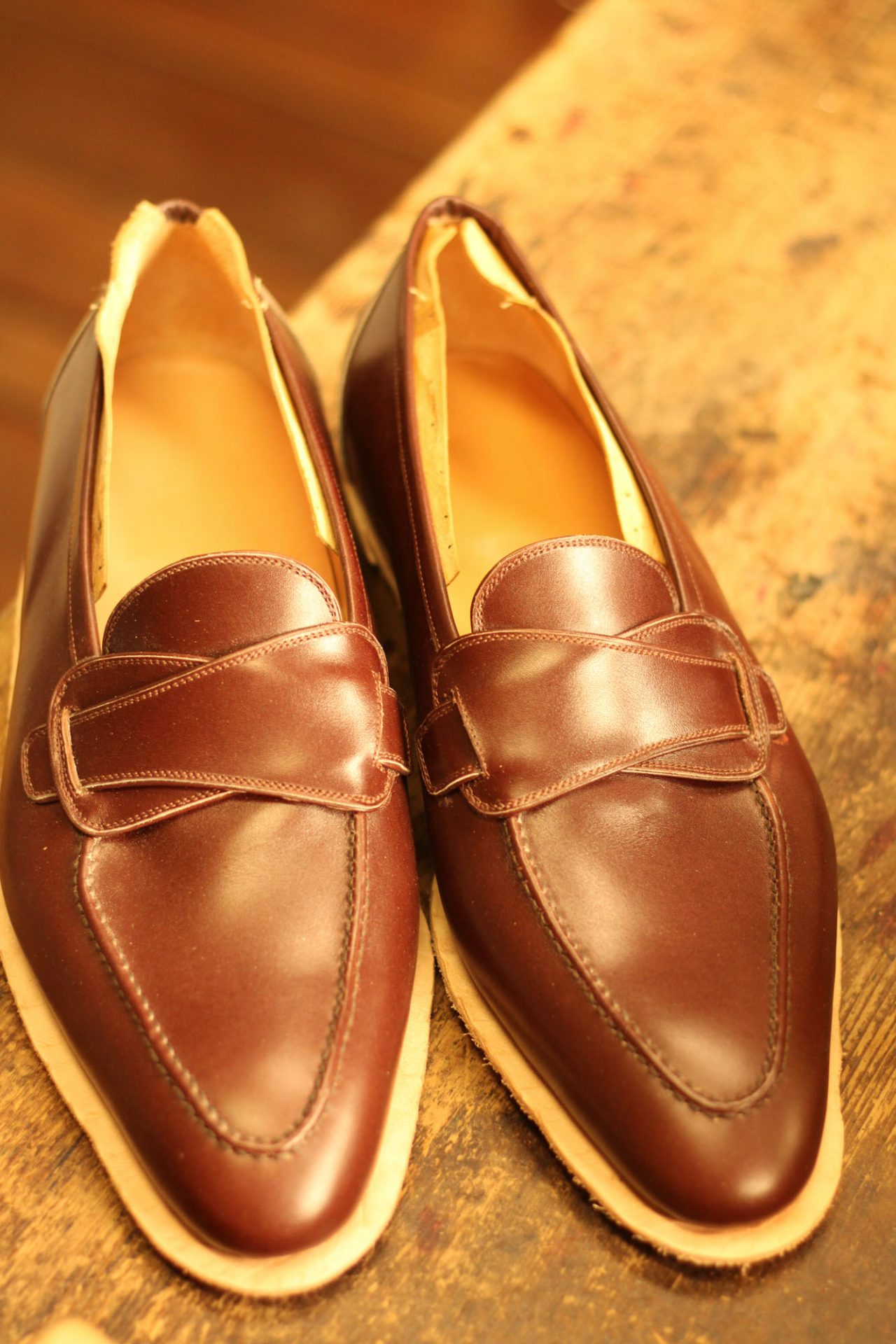
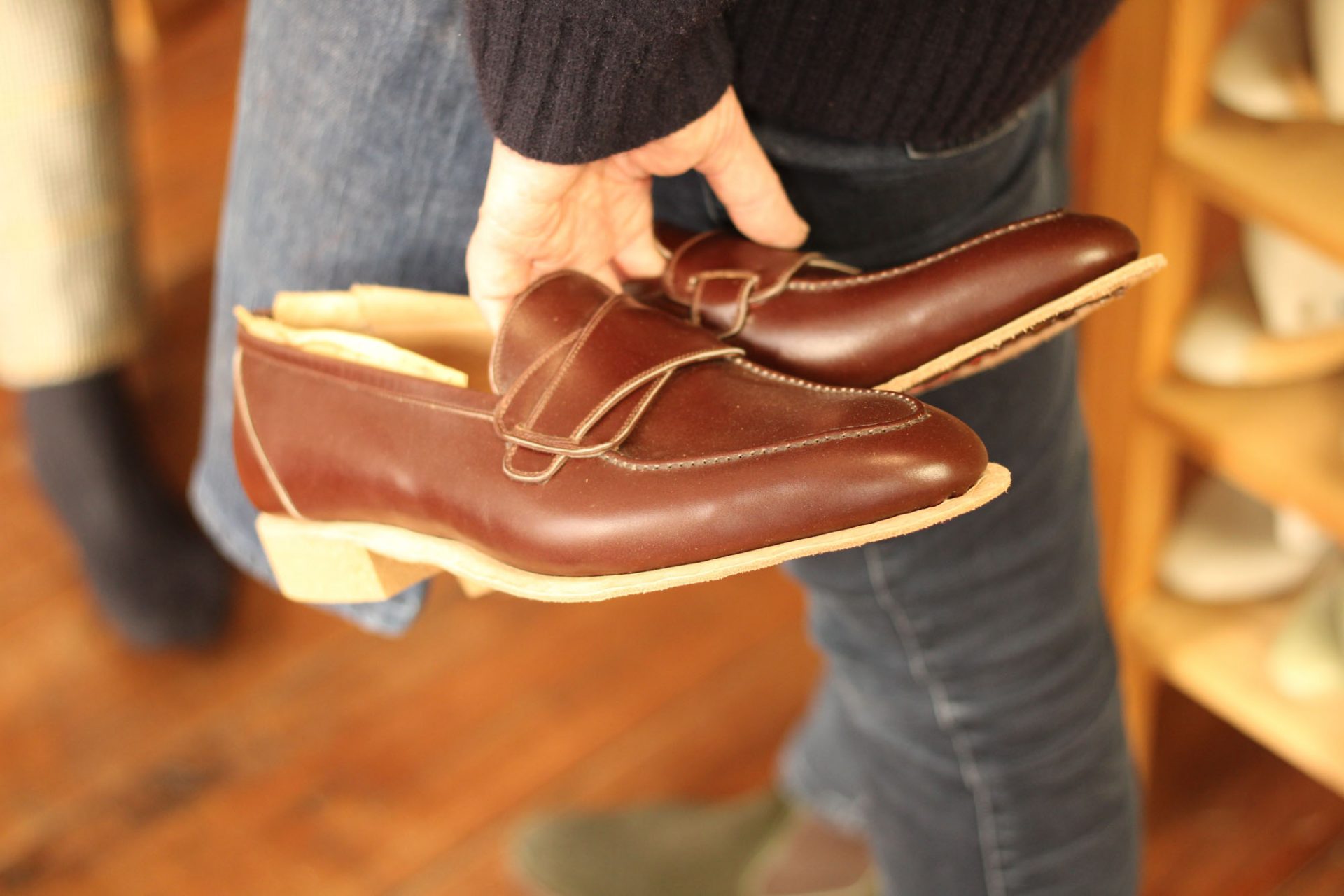
Most bespoke shoemakers in continental Europe, as well as shoemakers from Japan, Korea and China, make a trial shoe for customers as a fit test. British shoemakers often forgo the fitting altogether, e.g. John Lobb. Or they don’t do the fitting with a trial shoe, they let the customer try on the actual shoe instead, before the outsole is doubled up. George Cleverley, for example. Vivian Saskia Wittmer also works this way, true to the method of her teacher Benjamin Klemann.

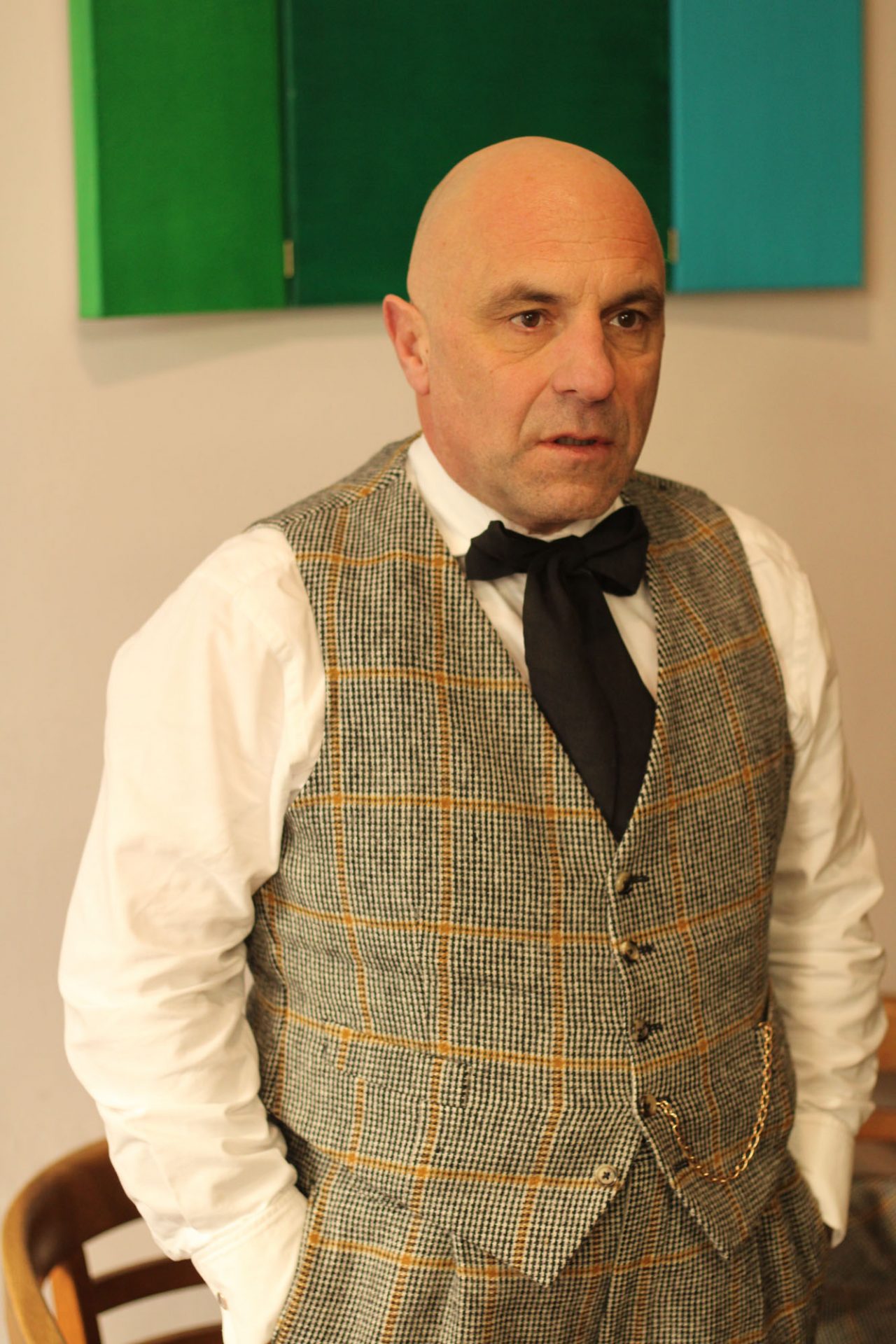
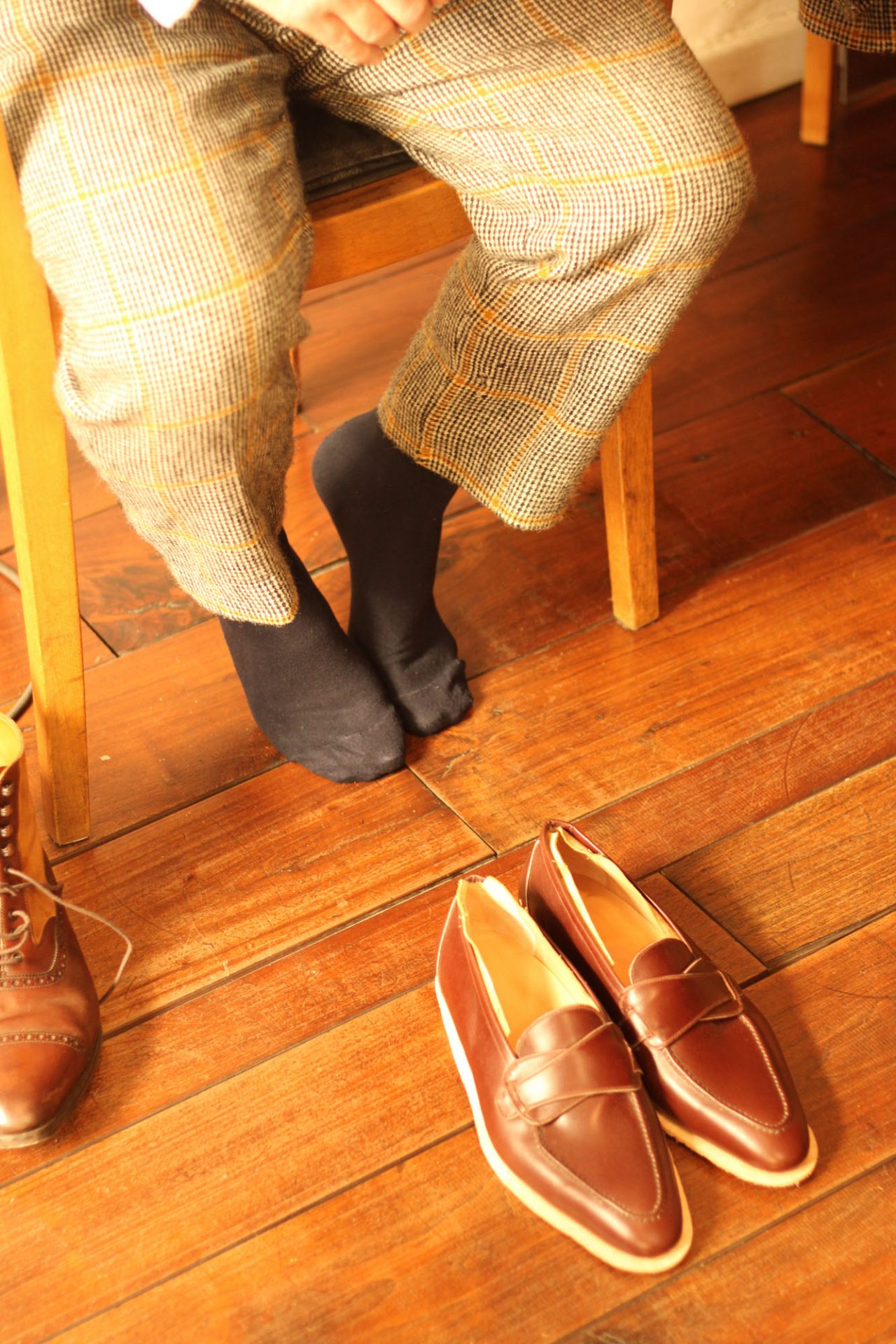
I arrived at the workshop a few minutes before Pascal Zimmer. It was still early in the morning and Vivian Saskia Wittmer didn’t yet know that I would be there for the fitting. In this respect, the pictures are unposed. I was able to witness a very personal moment, for which I would like to thank the customer and the shoemaker.
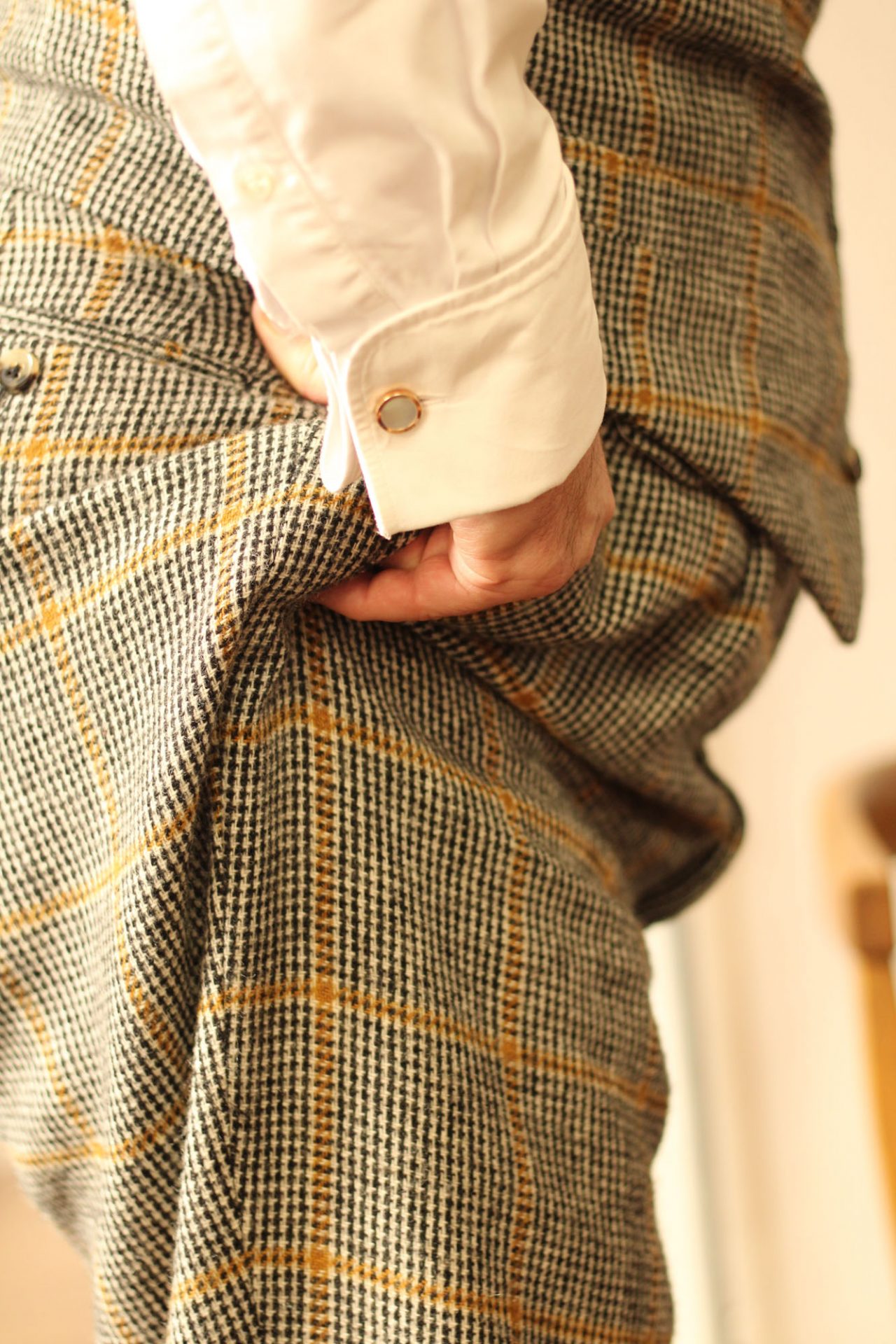
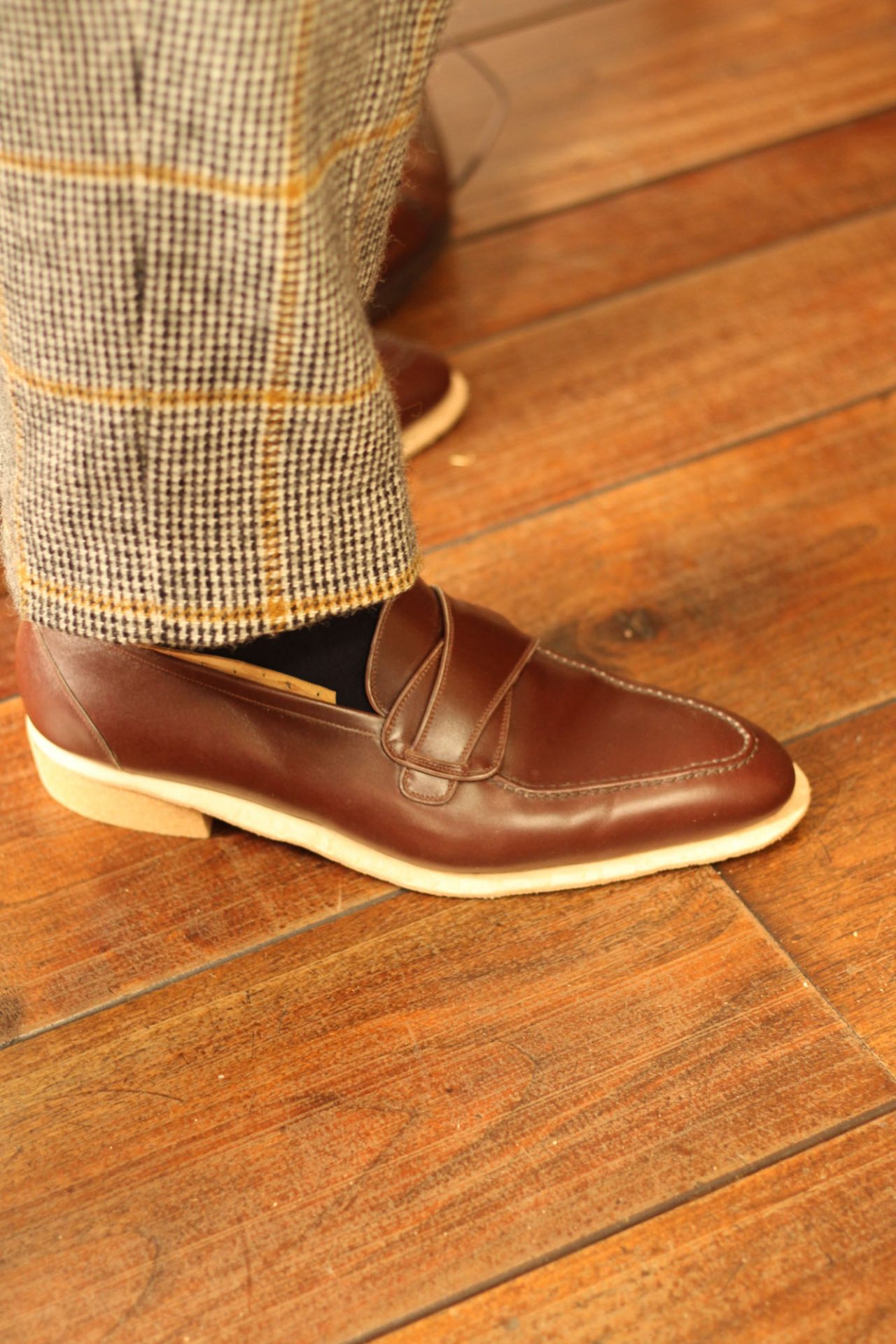
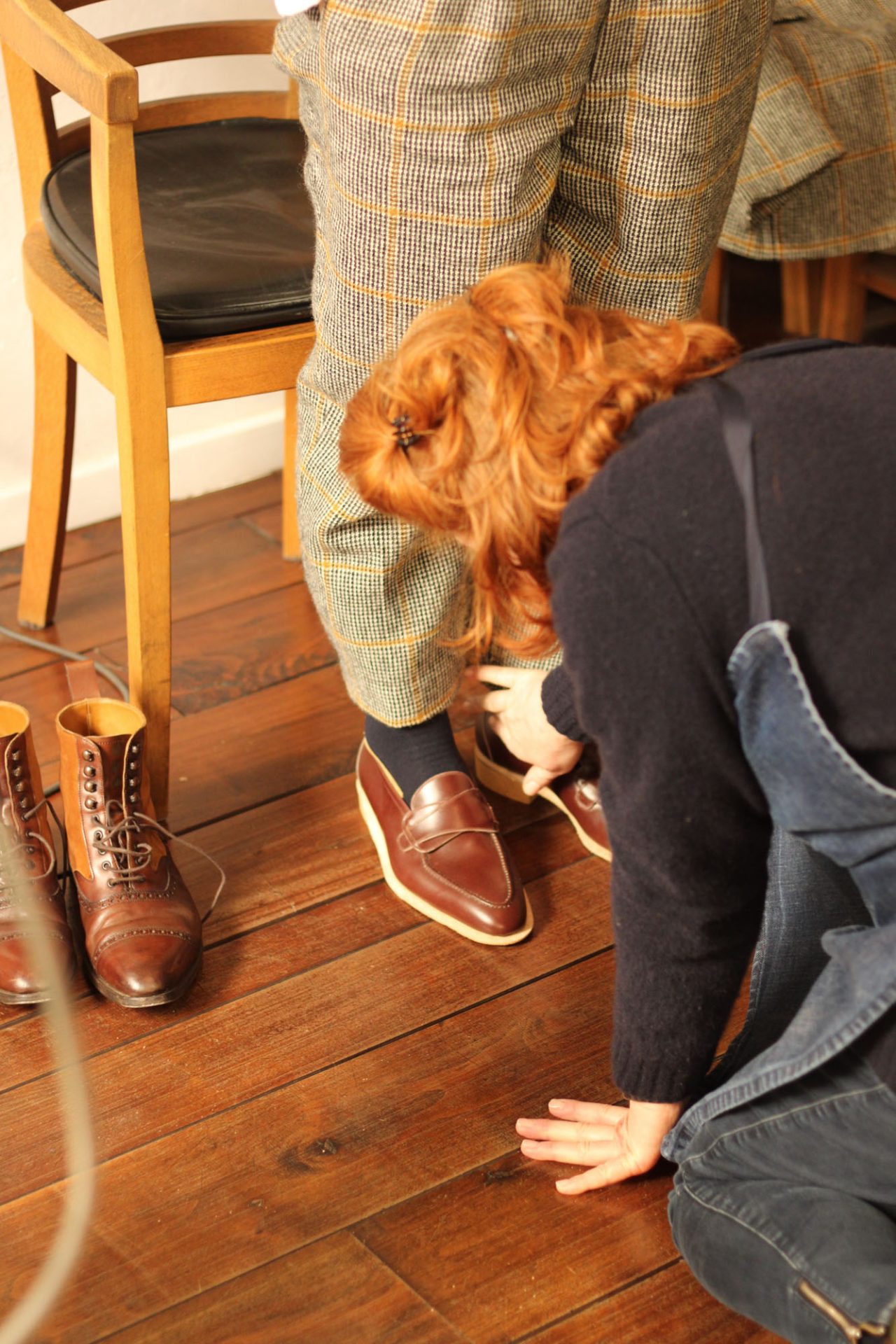
I myself have already taken part in several made-to-measure shoe fittings and watched some of them. Nevertheless, I was excited because the fitting is a crucial moment. Especially when it comes to the first pair of shoes a customer has ordered. It is usually in these minutes that it is decided whether the first pair will be followed by others, whether a new fan of the bespoke shoe idea will be won over, or whether someone will leave disappointed.
Pascal Zimmer has ordered a butterfly loafer, a classic English model. You can get it off the rack from some Northampton factories, but it’s usually not as fine and close-fitting as the made-to-measure version. The ready-to-wear shoe is usually wider to fit more feet.
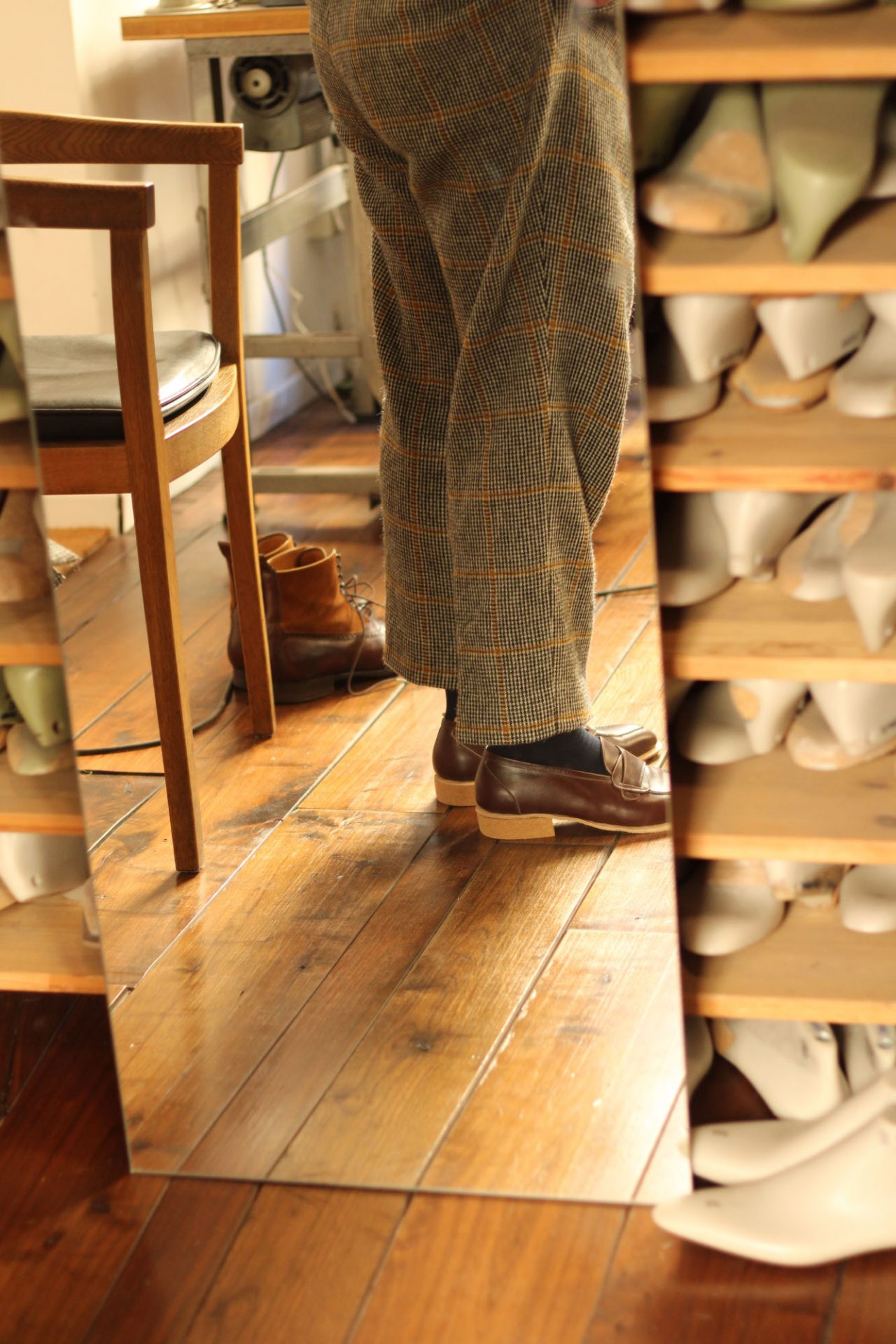
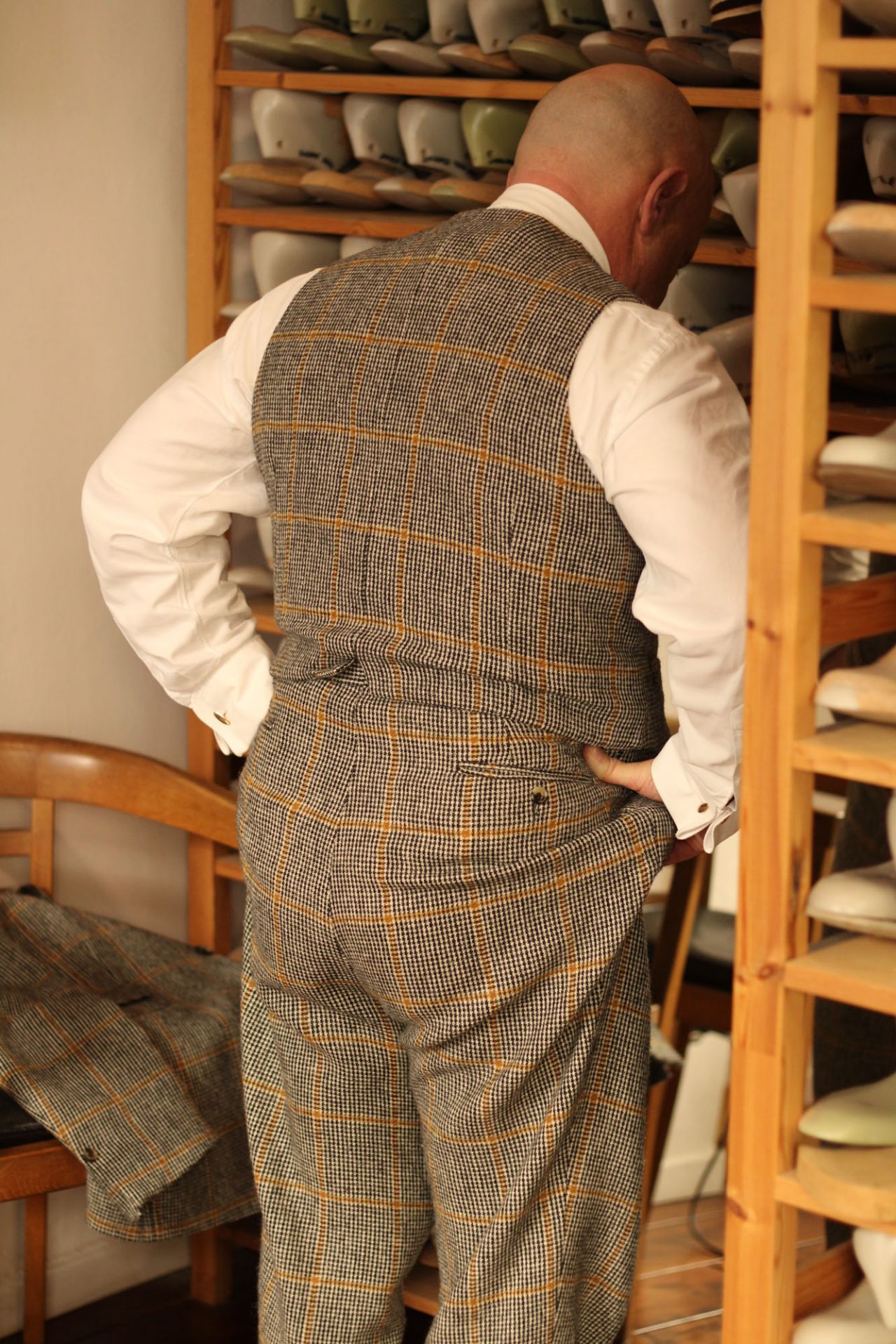
After Pascal Zimmer had removed the jacket from his custom-made tweed suit, he took a seat and took off his lace-up ankle boots. Then the shoemaker brought the rust-brown slip-on shoes. The leather still looked very new, it had not yet been polished to a high gloss with wax paste. The frame is still protruding, as it is only cut into shape and sanded down after the outsoles have been doubled up. Vivian Saskia Wittmer fitted temporary outsoles and cork heels for the fitting.
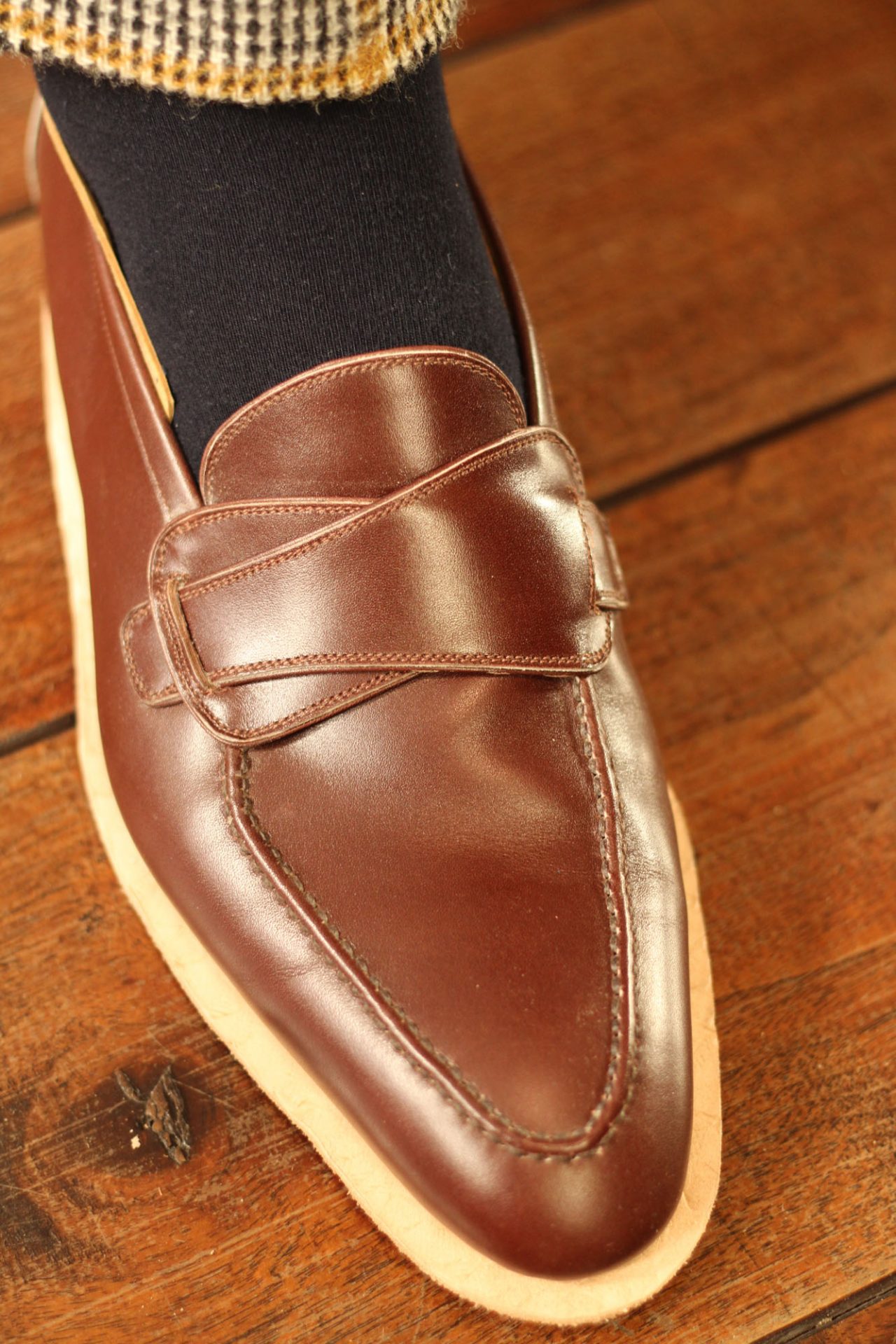
Pascal Zimmer looked at the shoes from the outside and was satisfied. His facial expression showed that he wasn’t just saying them. First hurdle cleared. Now he slipped his shoes on, stayed seated for a moment and then stood up. Seconds of silence and waiting, then satisfied nods and smiles. Relaxation on both sides. Things were now much more relaxed and the customer and craftswoman got chatting. Pascal Zimmer paced up and down, his feet bouncing in his shoes, lifting his trouser legs so that he could see the loafers even better. He described his impressions: Very comfortable. Very light. Very flexible.
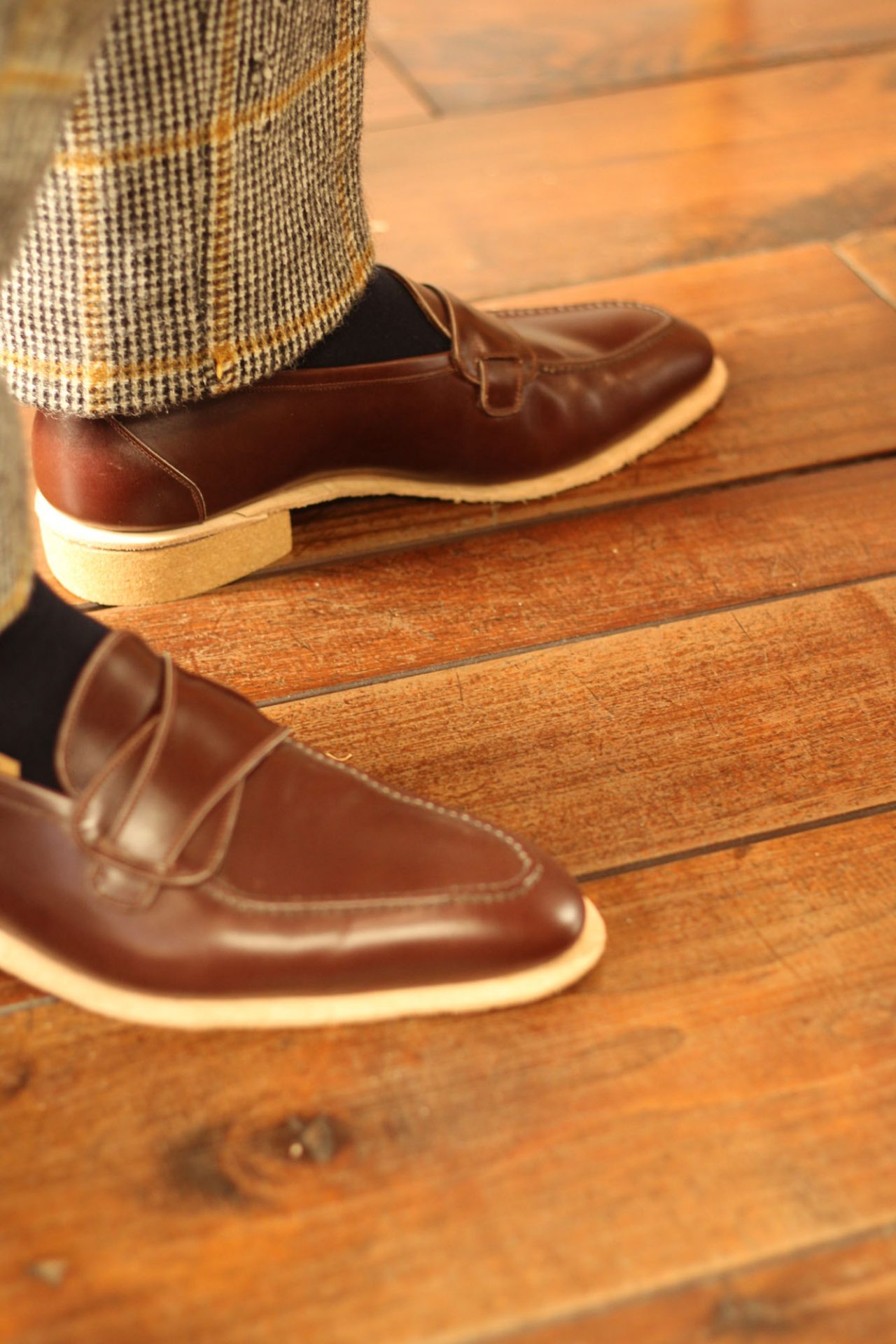
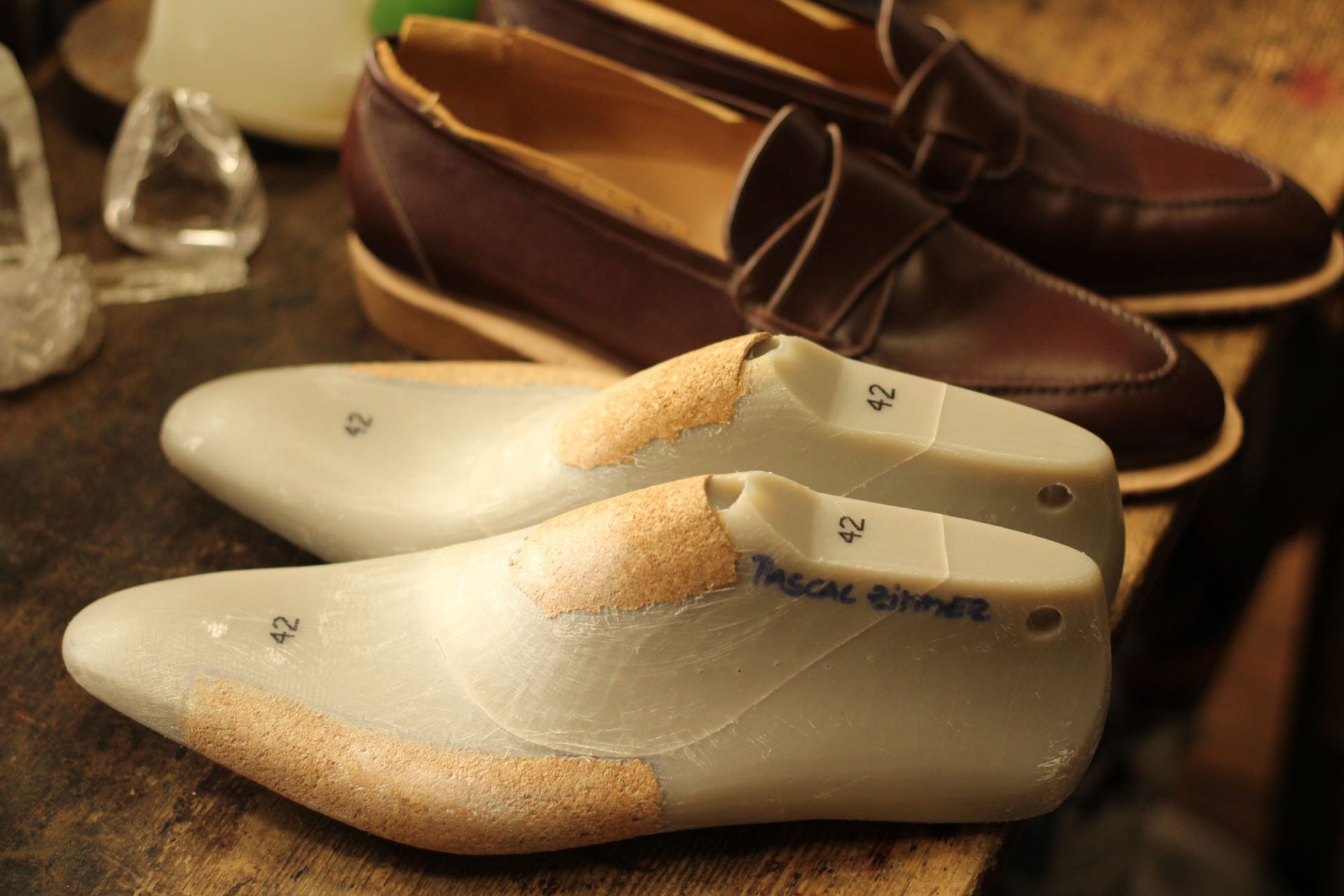
The fitting at the bespoke shoemaker’s fulfills two tasks. It should give the customer confidence halfway through the process. Especially with the first pair. And the craftsman can check where the molding may still need to be modified. All bespoke shoemakers report that failures are rare. Mostly it is about changes in detail. Most things could also be done on the finished shoe, e.g. the desire for more space for a toe. This can usually be achieved by slightly stretching the shaft at the relevant point. It is worse if the overall length is not right or the shaft is far too tight. If the shaft is too wide, this can be remedied by placing a slightly thicker insole on top of the insole. Alternatively, it is possible to pull the upper over the last again. However, this is more complex and can change the overall proportions of the shoe.
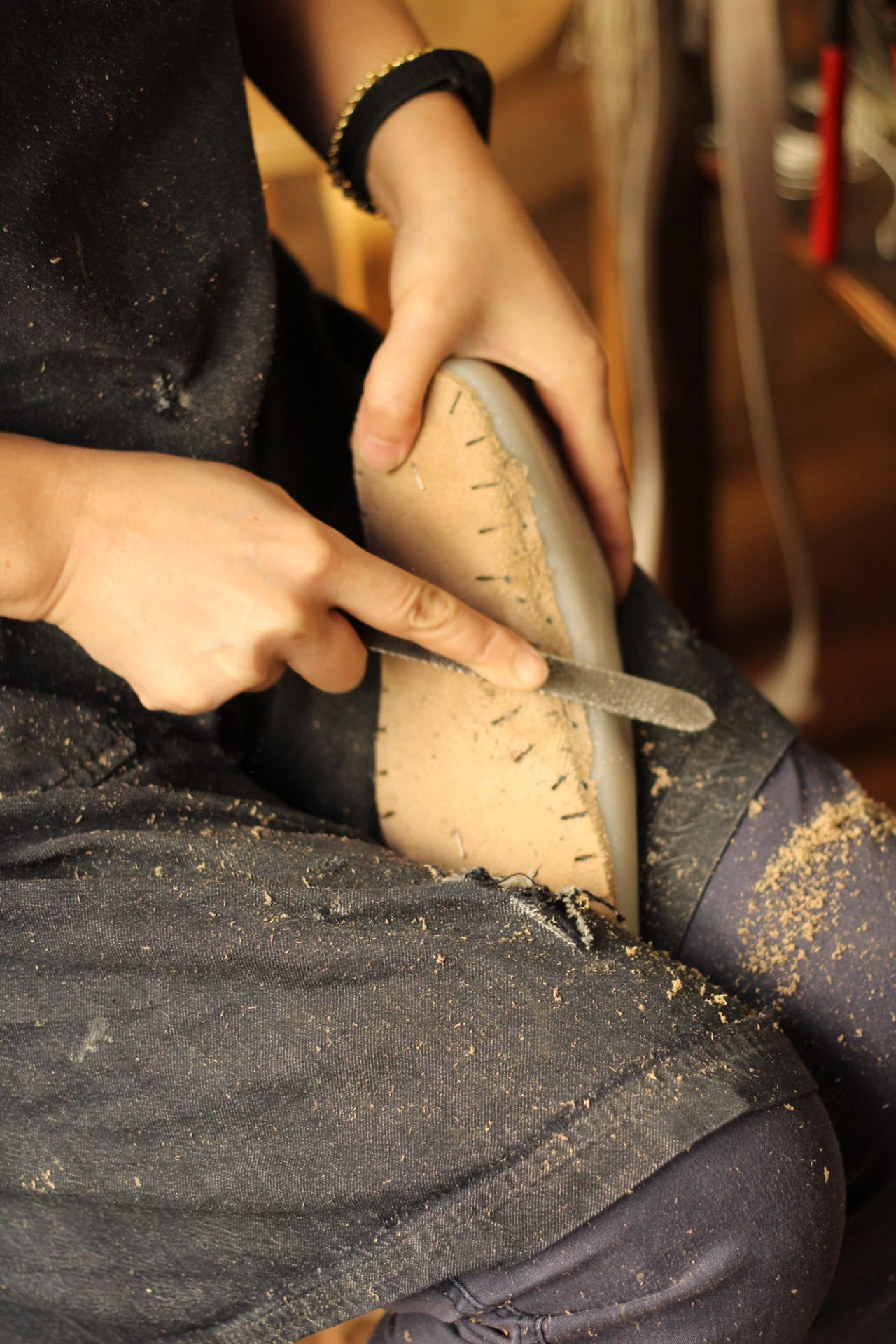
Trying on Pascal Zimmer’s butterfly loafers, on the other hand, is the norm for Vivian Saskia Wittmer. The customer sees the shoe and is satisfied with its appearance. Then he slips them on and has little or nothing to complain about the fit. The more experienced the customer, the better it is for the craftsman. Inexperienced customers do not know what they need to note and what not. That’s why they are sometimes looking for something to criticize. Or they think they have to say something to complete the process. That is of course not true. Based on his measurements and observations, the shoemaker can usually build a last that is subjectively comfortable on the customer’s foot. Especially if you have talked about wishes and sensitivities beforehand.
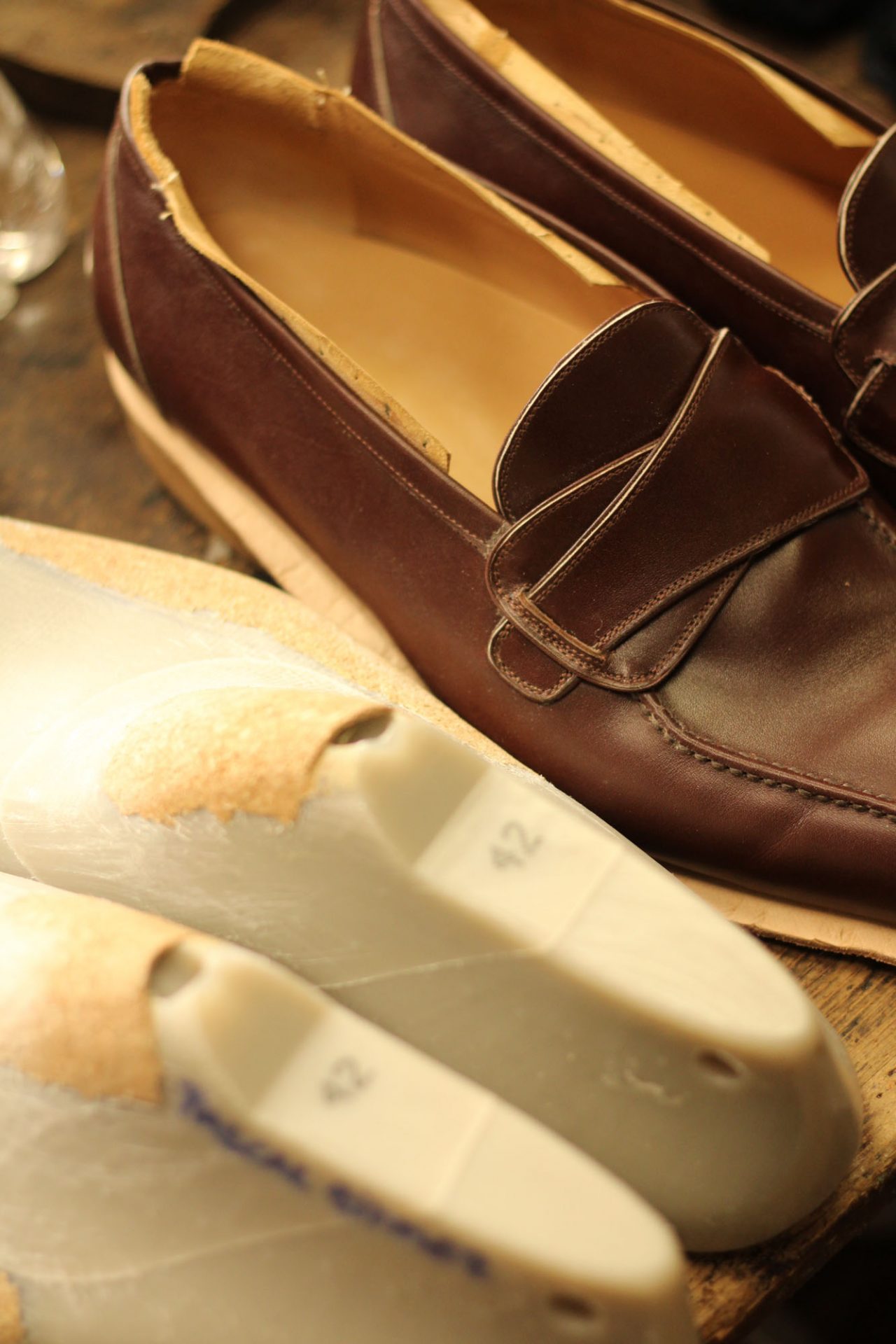
In the case of Pascal Zimmer’s butterfly loafers, the fitting was a success and the shoes are now being finished. It was not clear in January whether they would be sent to Luxembourg or collected by the customer. But we will definitely be showing the finished shoes here.

